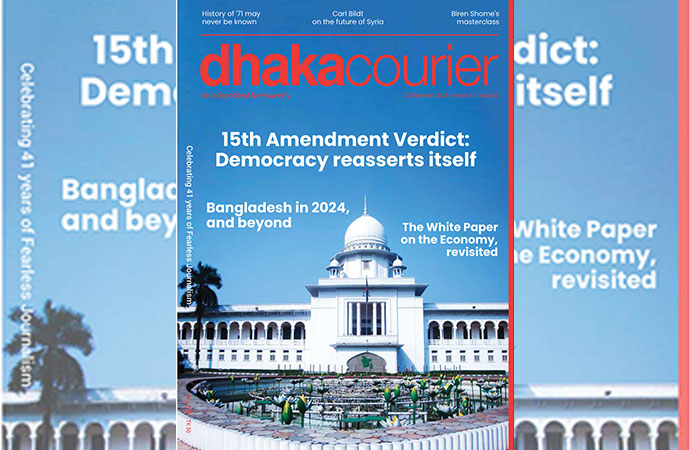Essays

Throughout the world sport has a popular appeal among people of all ages. It plays a great role in our life as it keeps us healthy, wealthy and active. Regular participation in sport and physical activities provides various social and health benefits. Not only does it have a direct impact on physical fitness, but it also instills healthy lifestyle choices among children and young people, helping them remain active and combat non-communicable diseases. A number of studies conducted by the World Health Organization (WHO) have also highlighted that physical exercise can stimulate positive mental health and cognitive development. Furthermore, sport in its most basic form encourages balanced participation and has the capacity to promote gender equality. Through sport and physical activity, women and girls can be empowered and benefit from the positive impact that sport has on health and psychosocial circumstances. Additionally, sport can be used as a meaningful means for the prevention of conflict and the promotion of long-lasting peace, since sport and its universality has the ability to transcend cultures. As a common denominator and shared passion, sport can build bridges between communities regardless of their cultural differences or political divisions.
Since the inception of the Millennium Development Goals (MDGs) in 2000, sport has played a vital role in enhancing each of the eight goals. The newly adopted '2030 Agenda for Sustainable Development' represents a further important landmark for sport but also brings significant responsibility for all stakeholders to contribute collectively to global aspirations. The Commonwealth publication "Enhancing the Contribution of Sport to the Sustainable Development Goals" provides direction for governmental policy-makers as well as other stakeholders to enable sport to make the fullest possible contribution to sustainable development. Authored by Dr. Iain Lindsey and Professor Tony Chapman of Durham University, UK, it also focuses on policies that can be implemented by country governments to enhance the contribution of sport to sustainable development.
The guide is divided into two main sections containing several chapters. The first section draws on analysis of Sustainable Development Goal (SDG)-17 targets to present frameworks for policy implementation and for reviewing and monitoring where sport might contribute to sustainable development. Chapter-1 sheds light on policies that can be implemented by governments to promote sport for sustainable development. Aspects of SDG-17 are recognized as key to this contribution and underpin policy options identified in respect of specific SDGs in the second chapter. Informing these policy options is the analysis, presented in chapter 3, of the relevance to governments and sport stakeholders of the SDG-17 targets associated with country leadership and policy coherence, mobilizing financial and human resources, and multi-stakeholder and cross-sectoral partnerships. This analysis leads to the presentation of a framework of approaches to implementation that can enhance the collective contribution of sport to sustainable development, and specific goals and targets. Effective policy-making is dependent on access to reliable, high-quality and disaggregated data. Chapter-4 analyses current approaches to monitoring, evaluating and evidencing sport-based approaches. From this analysis, this chapter also identifies prospective methods and important considerations for policymakers who have responsibility for reviewing the contribution of sport to the SDGs.
Section Two of this publication utilizes the above-mentioned frameworks to inform identification of policy options that can serve to enhance the contribution of sport across specific SDGs associated with health (SDG-3); education (SDG-4); gender (SDG-5); economic growth and employment (SDG-8); cities and human settlements (SDG-11); and peaceful and just societies and institutions (SDG-16). Each chapter in this Section follows the same structure: firstly, an overview of the particular SDG and relevant considerations with regard to it is provided; then an evidenced analysis of how the contribution of sport to particular SDG targets could be enhanced is presented. The analysis presented in the six chapters recognizes, where appropriate and feasible, the influence of context, and also the potential scale and depth of potential sport-based contributions to particular SDGs. Policy options are also identified in respect of the SDG-17 targets for country-leadership and policy coherence, mobilizing financial and human resources. The various policy options presented here require diverse forms of government-led, structured partnership, complementary and autonomous implementation.
The writer is an independent researcher. E-mail: smrayhanulislam@hotmail.com

























Leave a Comment
Recent Posts
Curtain rises on 6th National ...
The month-long '6th National Sculpture Exhibition 2024', organ ...
Thailand's sea nomads strive t ...
When Hook was a child, he started his days by jumping off the boat tha ...
Liliums grown in Bagerhat show surprising promise fo ..
Bangladesh’s three divisions brace for rain
Prioritise reconstruction of Gaza, West Bank, Lebano ..
In support of the vision set forth by the CA